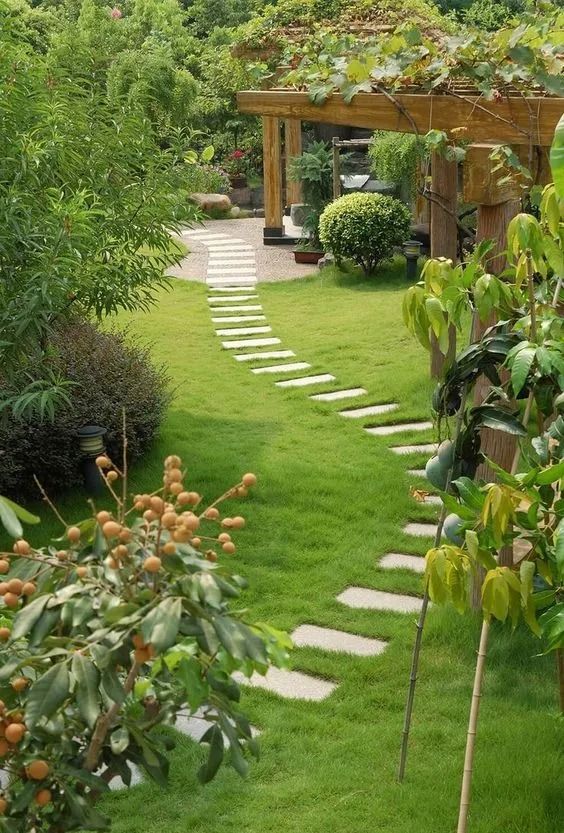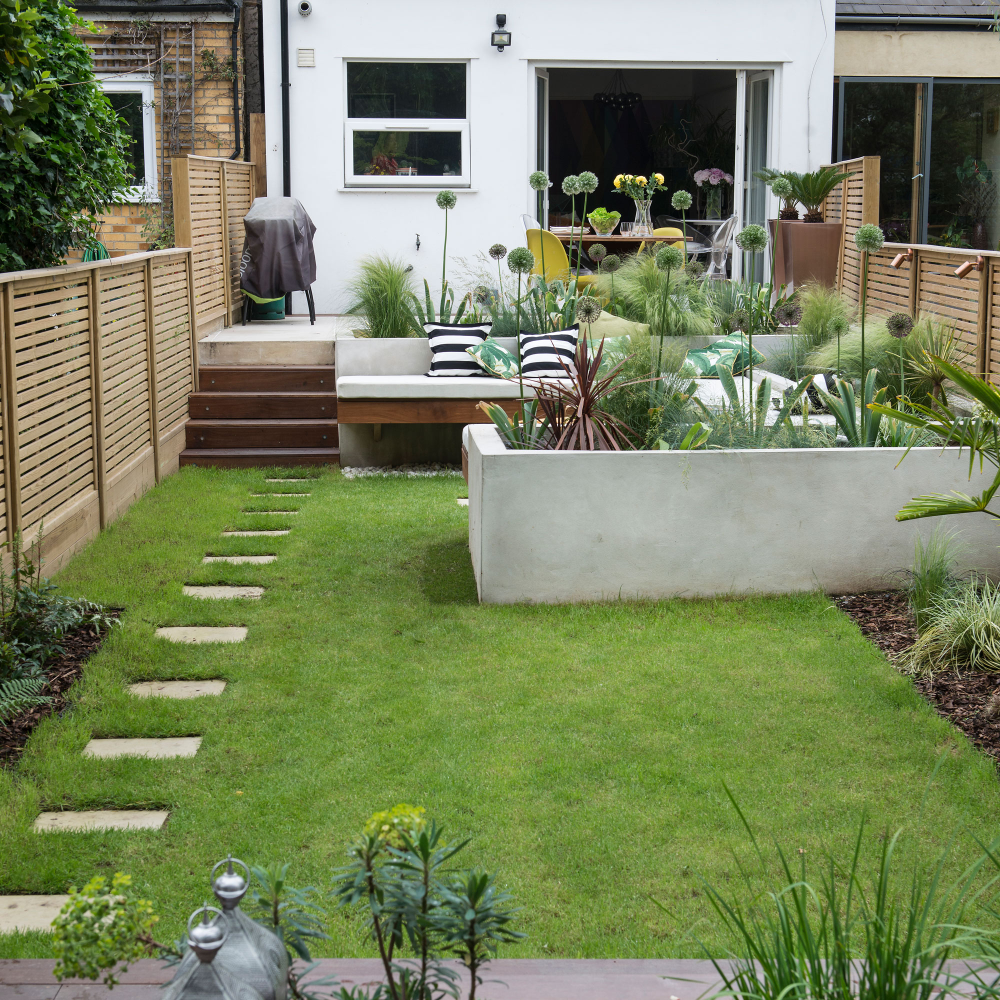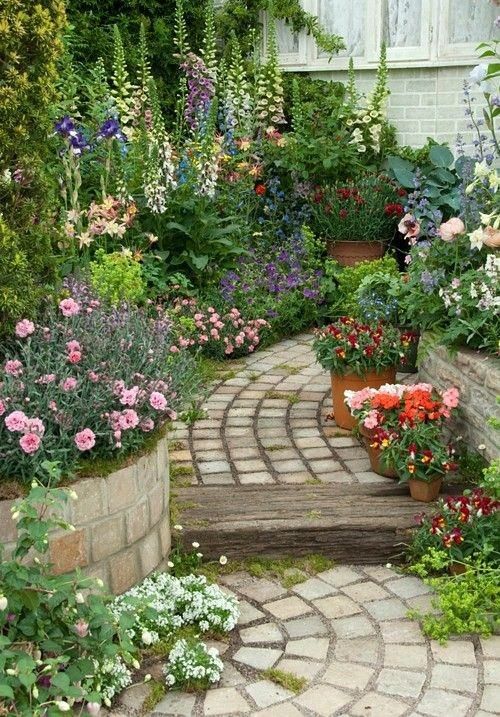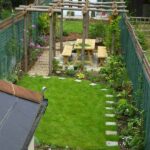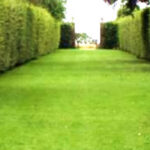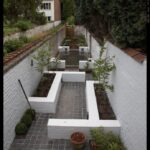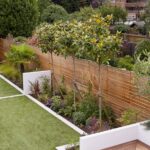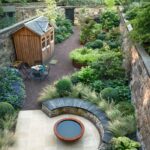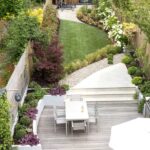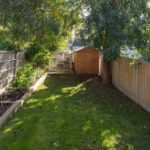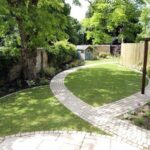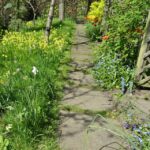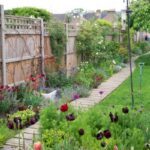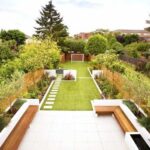When it comes to designing a garden in a long, narrow space, creativity and strategic planning are key. With limited width to work with, it’s important to make the most out of the length of the space. Here are some garden ideas for long, narrow areas that can help you create a beautiful and functional outdoor space.
One idea for a long, narrow garden is to create a series of distinct outdoor “rooms” or zones. By dividing the space into different areas, such as a seating area, a dining area, and a garden bed, you can create a sense of depth and interest in the long space. You can use different materials, such as paving stones, gravel, or decking, to delineate each zone and create a cohesive design.
Another option for a long, narrow garden is to create a winding pathway that meanders through the space. By curving the path rather than making it straight, you can create a sense of movement and fluidity in the garden. Planting low-maintenance, hardy plants along the path can add color and interest to the space while also helping to define the edges of the garden.
If you have a long, narrow garden with a fence or wall at one end, consider adding a vertical garden to maximize your growing space. Vertical gardens can be created using trellises, wall-mounted planters, or hanging baskets. By growing plants upward rather than outward, you can create a lush, green backdrop for your garden and add visual interest to the space.
For a long, narrow garden that receives limited sunlight, consider creating a shade garden with plants that thrive in low-light conditions. Ferns, hostas, and astilbes are all shade-tolerant plants that can add texture and color to a shady garden. You can also add outdoor lighting to illuminate the space and create a cozy, inviting atmosphere for evening gatherings.
To make a long, narrow garden feel more expansive, consider adding a focal point at the far end of the space. A tall sculpture, a water feature, or a colorful flower bed can draw the eye and create a sense of depth in the garden. By placing the focal point at the end of the garden, you can create a visual “destination” that encourages visitors to explore the length of the space.
Lastly, don’t forget to add seating areas throughout the garden to create inviting spots for relaxation and enjoyment. By placing benches, chairs, or hammocks at strategic points along the length of the garden, you can create cozy nooks for reading, bird-watching, or simply soaking up the sights and sounds of nature. Adding comfortable outdoor furniture can also make the garden more functional for entertaining guests or enjoying a meal outdoors.
